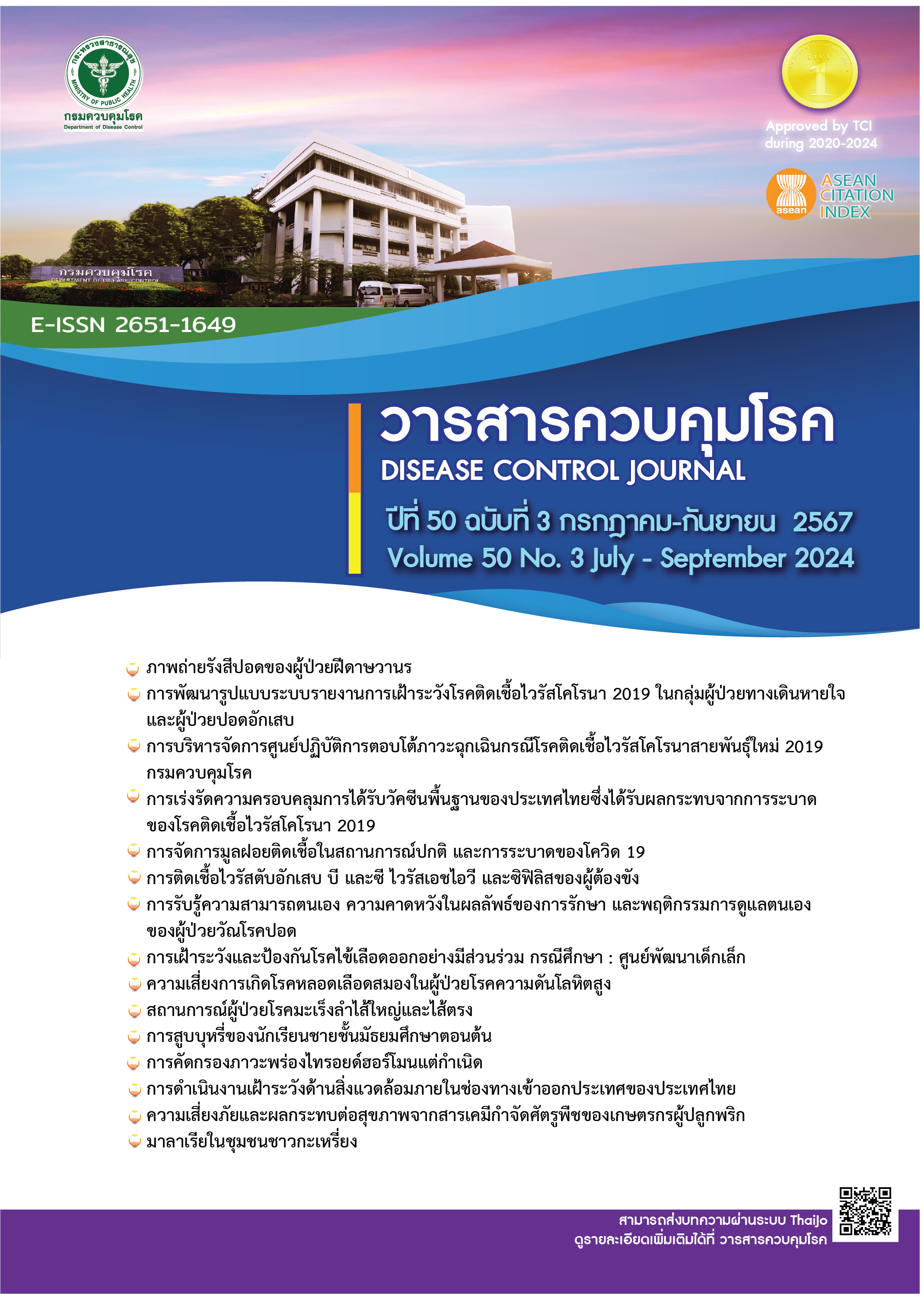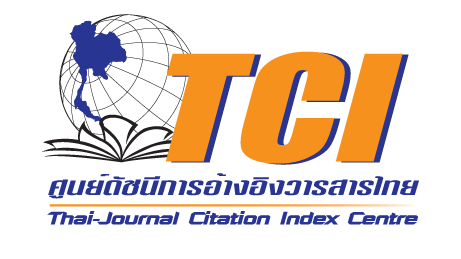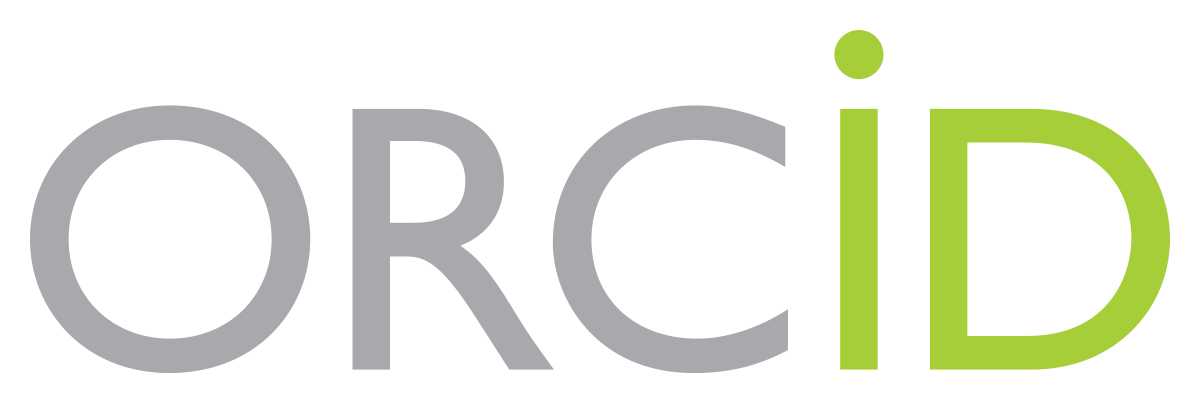Monitoring and evaluation of environmental surveillance programs at Thailand's points of entry as part of capacity development in accordance with the International Health Regulations (2005)
DOI:
https://doi.org/10.14456/dcj.2024.43Keywords:
Points of Entry, Environmental Health, Port Health and Quarantine, International Health Regulation 2005Abstract
Thailand has 69 points of entry (PoEs), comprising 15 airports, 18 ports, and 36 ground crossings. These points of entries operate under the International Health Regulations (IHR) 2005, and the Border Disease Control Checkpoints are one of the key responsible for implementing these regulations. Besides the core components, the significant aspects including environmental surveillance, vector surveillance, and relevant control measures are the integral parts of IHR implementation framework at POEs. This cross-sectional descriptive study aimed to examine the environmental and vector surveillance and sanitation inspections conducted by the officials at POEs. and to compare the results of surveillance inspections within Thailand's POEs between two fiscal years 2022 and 2023. Self-assessment on competency of POEs officials on implementing the regulations was conducted. The competency on the environmental surveillance was not different from the vector surveillance and control. No differences of both competences in 2022 and 2023 fiscal years and among different entry points: airports, ports, and ground crossings. Further analysis on sanitation inspection reports from the Estimates Strategic Management System (ESMS) program, including 7 categories: 1) potable water, 2) food sanitation, 3) wastewater and sewage management, 4) lavatories, 5) indoor air quality, 6) solid waste management, and 7) vector surveillance and control was performed. The number of reported activities was slightly increased from 133 in 2022 to 146 in 2023. The number of reported activities among 3-point of entry: airports, ports, and ground crossings were similar. In conclusion, the Border Disease Control Checkpoints have intensified inspection regimes within their respective POEs. The PoEs inspection requires a comprehensive approach encompassing policy and planning, budget allocation, operational skills training, and enhanced interagency cooperation.
Downloads
References
Department of Disease Control (TH). Communicable Disease Control act, B.E. 2558 (2015). Nonthaburi: Department of Disease Control; 2018. (in Thai)
World Health Organization. International Health Regulation 2005. Geneva: World Health Organization; 2008.
Bureau of Commucable Disease (TH). Assessment tool for Point of Entry core capacity requirements at airports port and ground crossings. Nonthaburi: Bureau of Commucable Disease; 2020. (in Thai)
Thamangraksat M, Timpong O, Thukrua. Survey of environmental management in ports of entry on land borders of Thailand. Dis Control J 2018;44(4):337-48. (in Thai)
Ndoungue V, Ngapagna A, Kouadio S, Djinguebey R, Gnigninajouena O, Eyangoh S, et al. Assessing core capacities for addressing public health emergencies of international concern at designated points of entry in Cameroon during the COVID-19 Pandemic. BMC Public Health 2022;22(2,197):1-12.
World Health Organization. PoE Points of Entry and border health. Joint external evaluation of IHR core capacities of The Kingdom of Thailand Mission report 31 October-4 November 2022. Switzerland: World Health Organization; 2023.
Machado R, Santos C, Martins M, Antunes D. International Health Regulations: core capacities assessment at Points of Entry in Portugal. European Journal of Public Health 2018;28(4):402.
Tangkanakul W, Tantinimitkul C. Suvarnabhumi Airport Core Capacity Development in Compliace with the International Health Regulations (2005) 2007-2012. Journal of Health Science 2013;22(6):1029-34. (in Thai)
Biaklang M, Tangkanakul W, Pulsrikarn C, Wuttiwirot W, Teerawat R, Kerdsiri P, et al. Comparison of free residual chlorine and microbiology detection from potable water. Nonthaburi: Bureau of Communicable Disease; 2010. (in Thai)
Department of Health (TH), Bureau of Food and Water Sanitation. Food sanitation standard guldeline manual "Food center". Nonthaburi: Kaewjaojom printing Suan Sunandha Rajabhat University; 2021. (in Thai)
Pollution Control Department (TH). Guidance for monitoring environmental quality manual [Internet]. Bangkok. Pollution Control Department; 2004 [cited 2023 Feb 15]. Available from: https://www.pcd.go.th/publication/6390. (in Thai)
Bureau of Environmental Health, Department of Health. Guidance to hygiene public toilet for health risk prevention. Nonthaburi: Bureau of Environmental Health; 2020. (in Thai)
Bureau of Occupational and Environmental Disease (TH). Indoor air quality detection within Point of Entry. Nonthaburi: Bureau of Environmental Health; 2018. (in Thai)
Department of Health (TH). Notification of Department of Health Re: Legionella pneumophila control in cooling tower. Nonthaburi: Department of Health; 2006. (in Thai)
Pollution Control Department (TH), Bureau of Solid and Hazadous waste management. Guidance of systematic solid waste management. Bangkok: Pollution Control Department; 2009. (in Thai)
Virginia C, Alessandro Ti, Emanuele M Elena Gi. Yellow Fever: Origin, Epidemiology, Preventive Strategies and Future Prospects. Vaccines (Basel) 2022;10(3):1-16.
Bureau of Vector Borne Disease (TH). Guidance for Dengue infectiveness and Dengue hemorrhagic fever for medical and public health academic. Nonthaburi: Bureau of Vector Borne Disease; 2015. (in Thai)
Kerdsiri P. Vectors and the infection rates of zoonotic diseases caused by rats at Bangkok Port. Bulletin of The Department of Medical Science 2018;1:18-28. (in Thai)
Downloads
Published
How to Cite
Issue
Section
License
Copyright (c) 2024 Disease Control Journal

This work is licensed under a Creative Commons Attribution-NonCommercial-NoDerivatives 4.0 International License.
Articles published in the Disease Control Journal are considered as academic work, research or analysis of the personal opinion of the authors, not the opinion of the Thailand Department of Disease Control or editorial team. The authors must be responsible for their articles.






